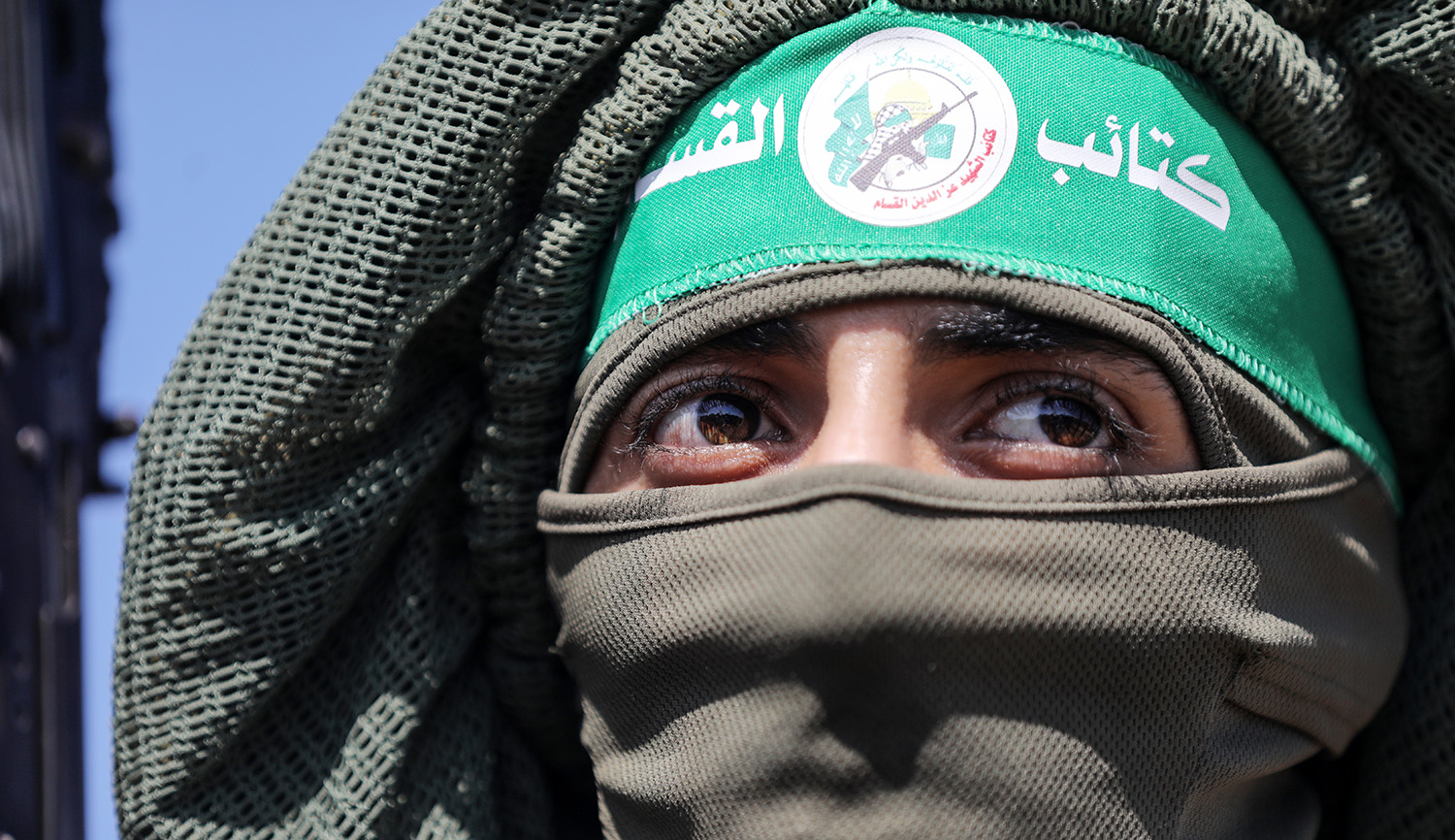On Sunday, the IDF announced the discovery of the largest tunnel it has found so far in Hamas’s extensive subterranean network; it is wide enough to drive a car through, goes down 165 feet below the ground, and is over three miles in length. Many of these passageways are reinforced not just with concrete but with steel, which is more effective, more expensive, and requires greater technological know-how to use. To this end, Hamas reportedly has its own military research-and-development team, and has also received assistance from North Korean combat engineers. Tal Schneider speaks with Yehuda Kfir, formerly the IDF’s leading expert on underground warfare, about the dangers of tunnel warfare:
You need to understand that in underground warfare it’s that much more difficult to assess the enemy’s status, because we can’t analyze what’s going on under the ground. . . . In military history, armies have always found it difficult to know what’s going on with the other side when they’re underground.
To the question of how the IDF can eliminate tunnels without destroying the civilian infrastructure above them, Kfir comments:
I believe the way to do it is by digging from our side toward them, while inserting smart tools—sensors, microphones, robots, anything that can penetrate the tunnels and bring us intelligence on where they’re located. I’m talking even about some sort of underground torpedo, launching an excavation machine with explosives capabilities, at the right time. We need to change the approach to attacking the tunnels from within.
More about: Gaza War 2023, Hamas, Israeli Security, Israeli technology


